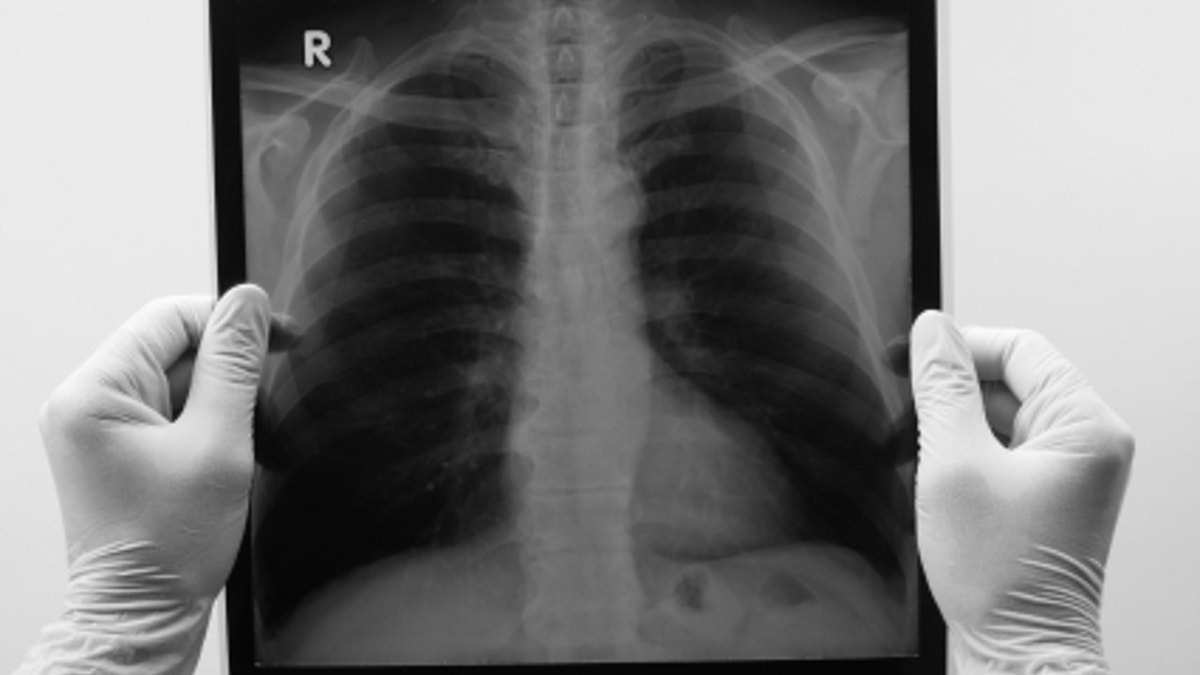
Screening heavy smokers for lung cancer with a CT scan could potentially prevent thousands of deaths from lung cancer a year, a new study suggests.
[sidebar]
According to the study researchers, if all current and former smokers who meet certain criteria were regularly screened using low-dose computed tomography (LDCT), 12,000 deaths a year from lung cancer could be prevented. If just 70 percent of these people were screened, an estimated 8,000 deaths could be averted annually.
The study is published Feb. 25 in the journal Cancer.
Lung cancer is the leading cause of cancer death for both men and women in the U.S., with a five-year survival rate of just 15 percent, according to the American Lung Association.
The screening criteria the researchers used to calculate the potential life-saving benefits of lung cancer screening using a CT scan came from the National Lung Screening Trial (NLST). The trial, which was done from 2002 through 2009, found that compared with chest X-rays, screening with LCDT reduces deaths from lung cancer by about 20 percent.
The NLST followed some 53,000 current and former smokers ages 55 to 74, who had smoked for at least 30-pack years. (A 30-pack year was defined as smoking one pack of cigarettes a day for 30 years, or two packs a day for 15 years. A former smoker was defined as someone who had quit smoking within 15 years.) People received either three annual screenings using low-dose helical, or spiral, CT, or a standard chest X-ray.
According to the National Cancer Institute, a helical CT scan uses X-rays to take a multiple-image scan of the chest. It requires a 7- to 15-second breath hold. A chest X-ray, on the other hand, requires a breath hold of less than a second but obtains only a single image of the chest. Because structures in the chest overlay one another in an X-ray image, it's difficult to detect cancerous tissue.
In addition to using findings from the NLST, researchers involved in the new study drew upon U.S. Census and other data.
"Our findings provide a better understanding of the national-level impact of LDCT screening, which has the potential to save thousands of lives per year," study co-author Ahmedin Jemal, said in a statement.
Based on the findings of the NLST, the American Lung Association recommends lung cancer screening using low-dose computed tomography for current or former smokers, ages 55 to 74, who have smoked for at least 30-pack years and don't have a history of lung cancer. The American Cancer Society recommends that doctors discuss the possibility of lung cancer screening with people ages 55 to 74 who still smoke or have quit within the past 15 years and have a smoking history of at least 30-pack years.
Screening for lung cancer has risks as well as benefits. Many people who are screened may get false-positive results, meaning a lesion is suspicious and further tests — some of which may be invasive — will be needed to confirm or rule out cancer. This additional testing can also be costly and cause anxiety in patients. In the National Lung Screening Trial, "the rate of positive screening tests was 24.2 percent with low-dose CT over all 3 rounds and 96.4 percent of the positive screening results were false-positive findings," wrote University of Washington screening expert Larry Kessler in an accompanying editorial in the same issue of Cancer.
It remains to be seen whether screening for lung cancer using CT scans will become routine. "Further studies are needed to estimate the number of avertable lung cancer deaths and the cost-effectiveness of LDCT screening under different scenarios of risk, various screening frequencies, and various screening uptake rates," the study authors wrote.
Copyright 2013 MyHealthNewsDaily, a TechMediaNetwork company. All rights reserved. This material may not be published, broadcast, rewritten or redistributed.
